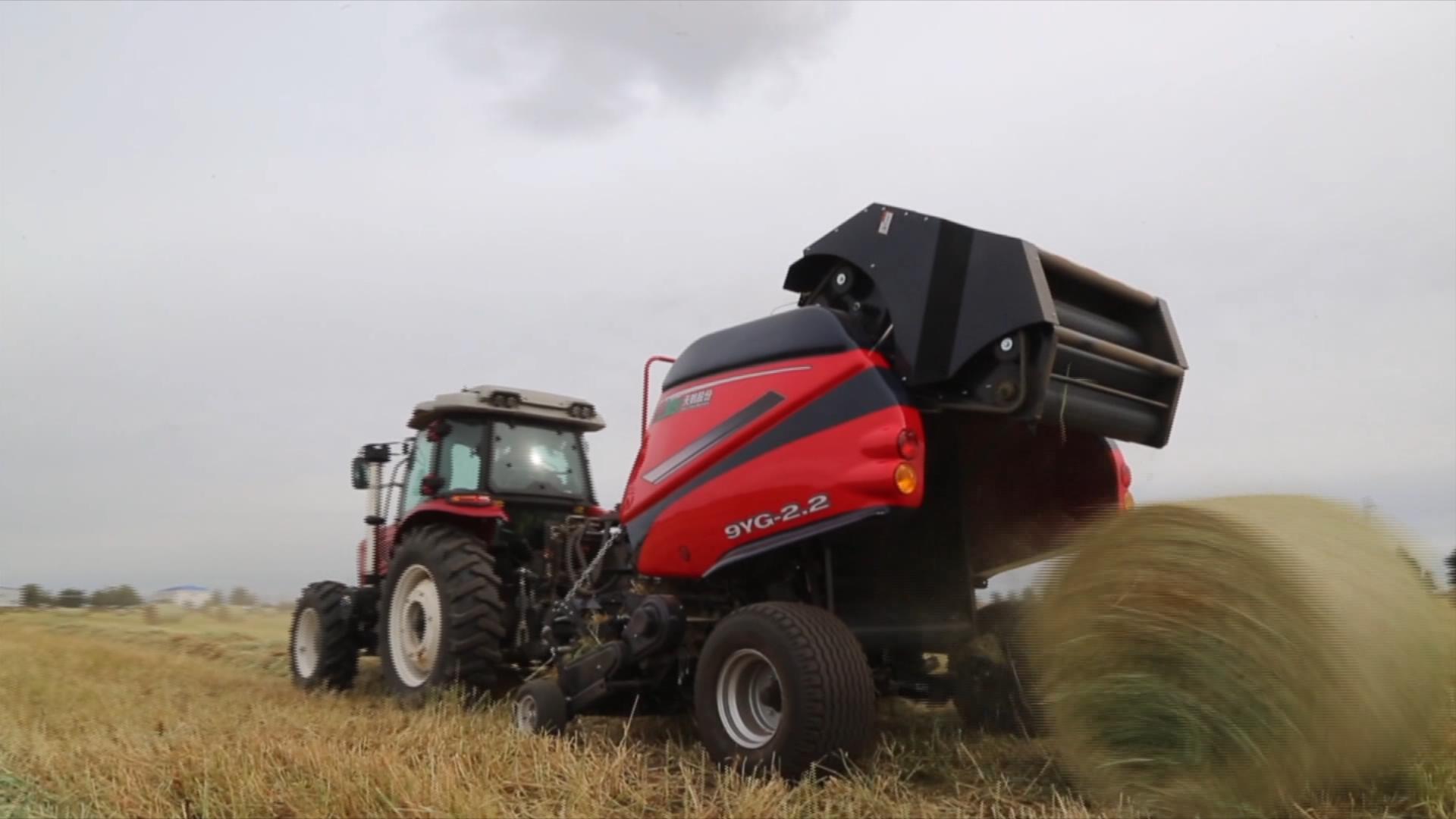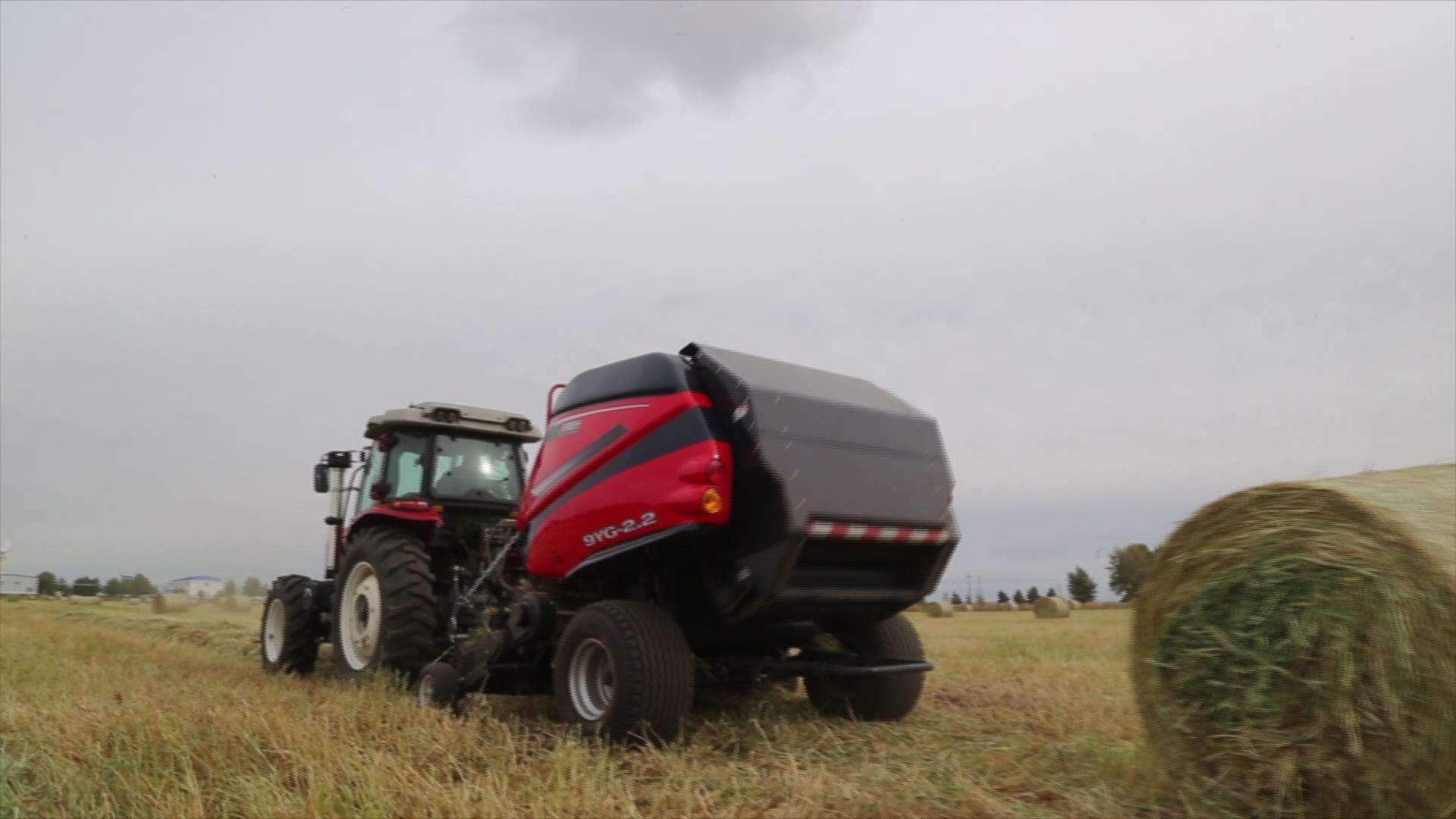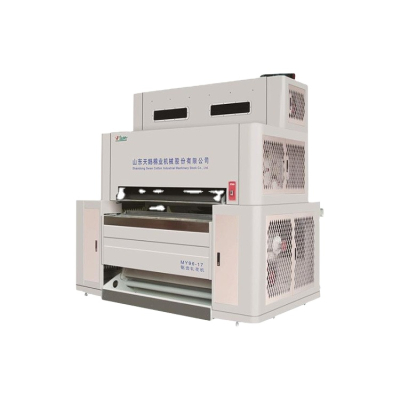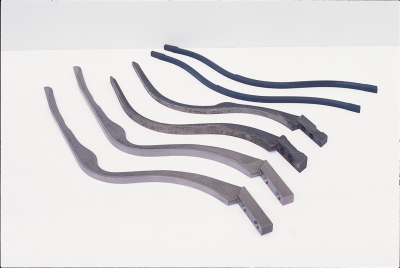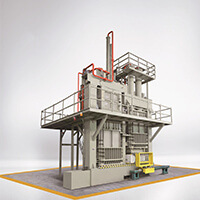Mini round baler
Main Technical Features
1. High efficiency - double press grass roller with forced feeding, increase feeding amount, improve the efficiency of picking up.
2. Anti-blocking grass - if there is a grass blocking fault, you can control the terminal to make the bottom bin open, solve the grass blocking fault.
3. Double binding - can use string binding, can also use net rope binding, by the control terminal to grasp the bundle density.
4. Strong adaptability - pick up imitation wheel improved to follow the pick up wheel, better adapt to all kinds of terrain.
5. Low maintenance - from production, installation to factory, the use of assembly line production, strict every process.
The round baler is a mechanical equipment used to bundle crops (such as grass, hay, etc.) into round packages. It usually consists of a rotating round baler and a supply system that collects and compresses crops into round bales. The rolling bale has high density, tight outside and loose inside, heat insulation and moisture-proof outer layer, and good breathable inner layer, which is easy to store.
1. Specification
Item | Unit | Specification |
Equipped power | (kw) | ≥80 |
Structure | / | Spring tooth |
Overall dimension | (mm) | 4200*2960*2400 |
Weight | (kg) | 4200 |
Power output shaft speed | (r/min) | 540-1000 |
Width of the pickup chamber | (mm) | 2200 |
Compression chamber size(diameter ) | (mm) | 1200 |
Compression chamber size(length ) | (mm) | 1400 |
Rows of the spring tooth | / | 5 |
Space of spring tooth | (mm) | 70 |
Number of the knife | (pcs) | 12 |
Theoretical cutting length | (mm) | 65 |
Working speed | (km/h) | 2-6 |
Weight of the bale | (kg) | Stalk≥350 Forage grass≥500 |
2. Product Inspection
Shandong Swan Cotton Industrial Machinery Stock Co.,Ltd will carry out strict comprehensive testing for each factory product, mainly including the following contents:
(1) . Appearance inspection: Check whether the appearance of the product meets the requirements, including color, shape, size, surface finish and so on. This can be done by visual inspection or using auxiliary tools (e.g. microscopes, measuring instruments).
(2). Functional test: Check whether the function of the product is working properly. This can be done by operating the product, performing functional tests, or using specific test equipment to verify the performance and functionality of the product.
(3). Packaging inspection: check whether the packaging of the product is intact, whether the label is clear, and whether the packaging materials meet the requirements. This ensures that the product is not damaged during transportation and storage, and that it can be properly identified and identified.
(4). Label and instruction manual inspection: Check whether the label and instruction manual of the product are accurate, clear, complete, and comply with the relevant regulations and standards.
3. Packing and Delivery
(1). Each machine is well supported and reinforced in the container to ensure safe access to the port of destination.
(2). The whole product loading process and container seal will be recorded by photo or video, the whole process is visible and controllable.
(3). Cooperate with reliable shipping company, key time nodes are updated in real time.

